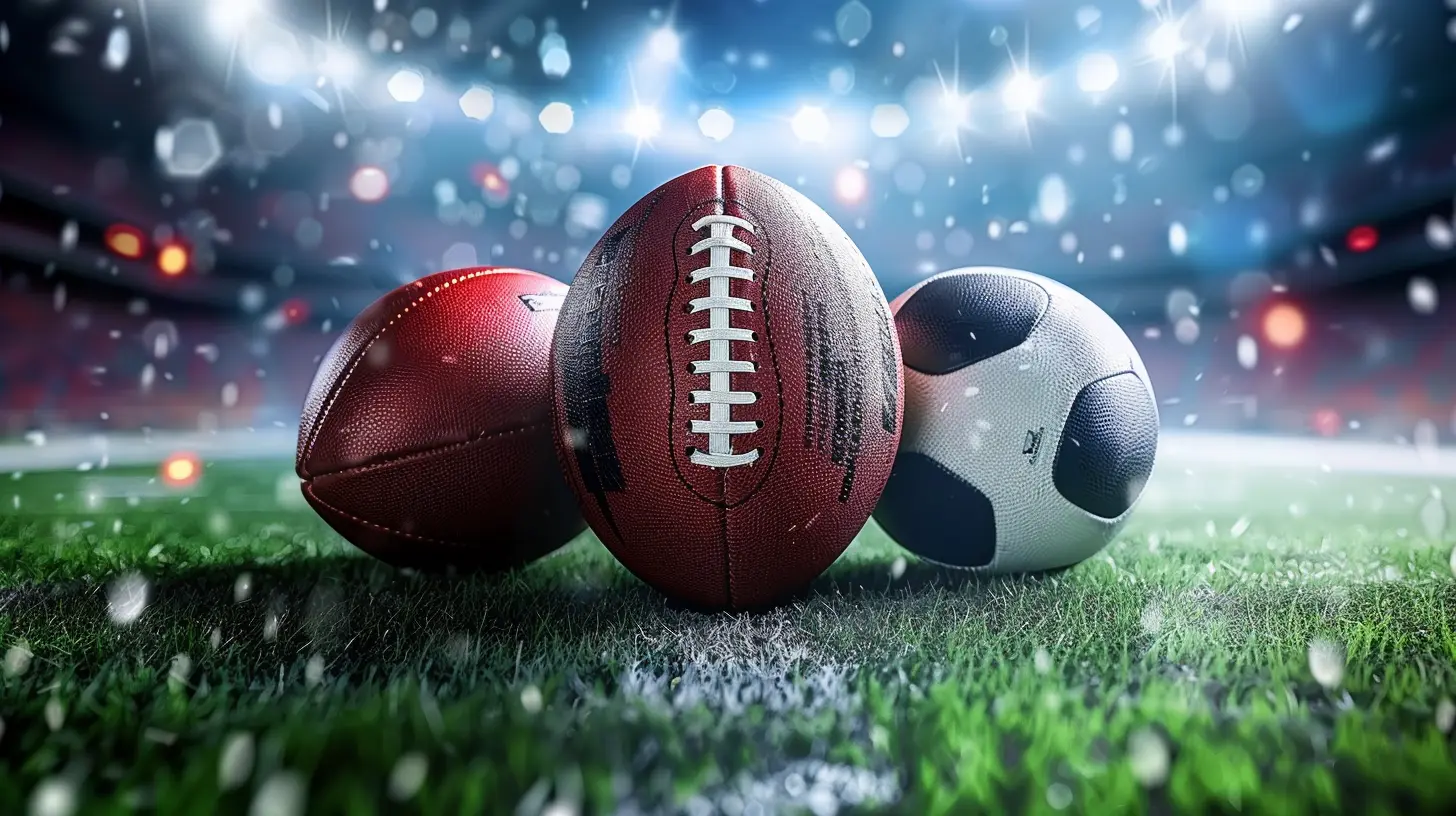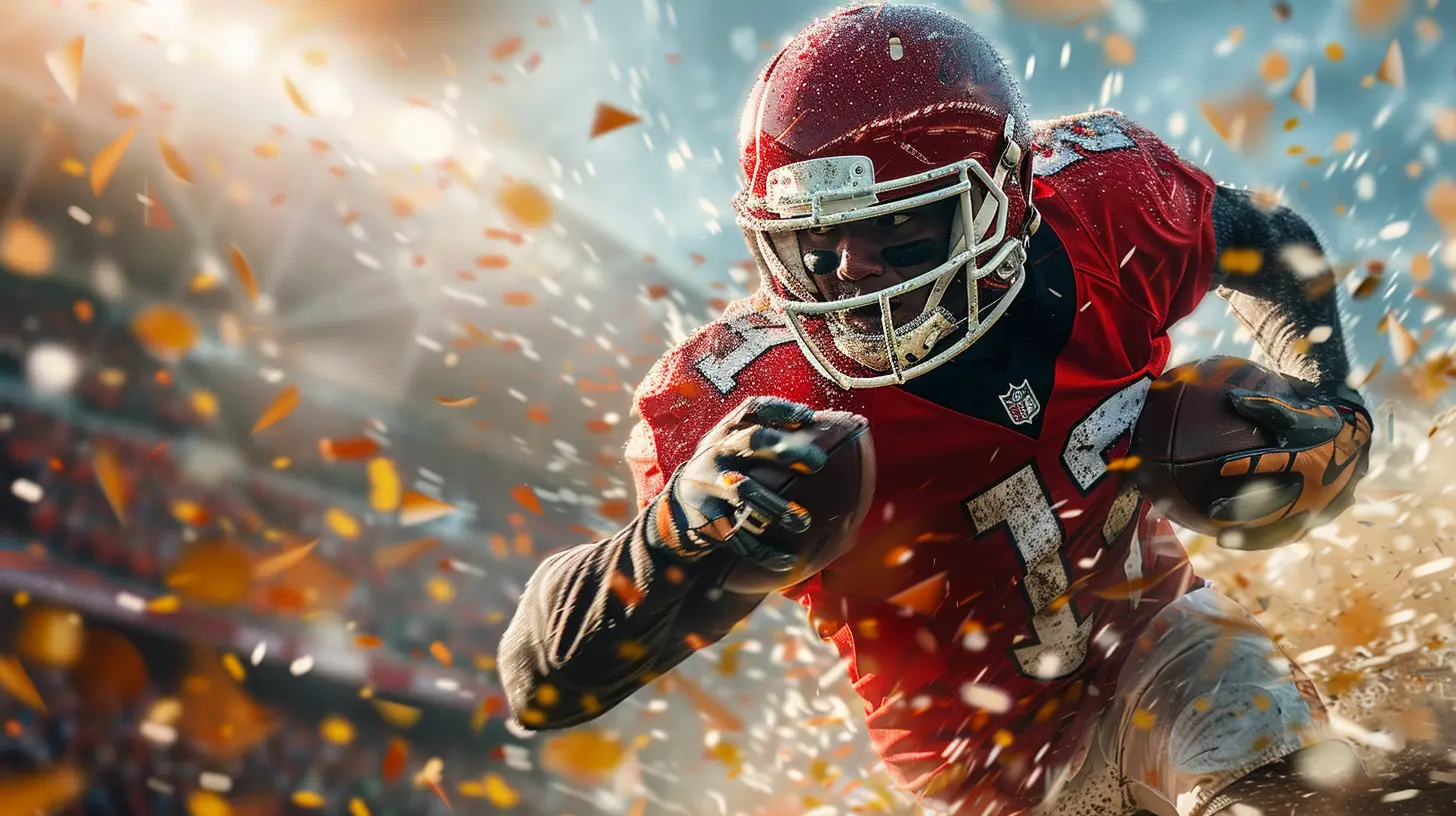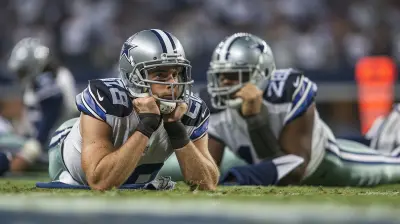The Magic of Radio: Why Audio Sports Broadcasting Still Thrives
13 August 2025
There’s something timeless, almost enchanting, about tuning into a sports game on the radio. The crackle of the announcer’s voice, the roar of the imaginary crowd, the vivid play-by-play — it’s like storytelling on steroids. While flashy TV broadcasts and high-definition streams dominate today's sports scene, traditional audio broadcasting hasn’t just survived... it’s been thriving.
You might be wondering—how? In a world obsessed with visuals and instant gratification, why is radio sports coverage still going strong? Well, get ready, because we're about to dive deep into the magic of radio and why it's still an irreplaceable piece of the sports puzzle.
Old School Cool: A Legacy Worth Celebrating
Before there were 4K screens, endless replays, and 24/7 sports channels, there was radio. This was the original connection between fans and their favorite teams. Decades ago, families would gather around the radio, leaning in to catch every pitch, every touchdown, every buzzer-beater — all through sound.And guess what? That legacy? It’s still alive and kicking.
Radio broadcasting connects us to our roots. There’s nostalgia wrapped up in it, but also authenticity. There's no editing, no second takes. It's raw, real-time energy. You can practically hear the heartbeat of the game.
The Theater of the Mind
Here’s a little secret—the brain is a powerful projector. When you listen to a sports game on the radio, you're not just hearing it. You're visualizing it. The broadcasters become your guides, painting mental pictures with their words.Think about it. You’re driving, stuck in traffic, and the commentator exclaims, “He breaks through the line! He’s at the 30... the 20… he’s going… all the way!” You don’t just hear it—you see it. The crowd erupts in your imagination. You feel the adrenaline.
This is what makes radio magical. It invites your imagination to play. It’s immersive in a way that screens can’t always replicate.
Freedom to Listen Anywhere, Anytime
One of the biggest reasons audio sports broadcasting is still winning? Accessibility.You don’t need cable. You don’t need a screen. You don’t need super-fast Wi-Fi. With radio or a streaming app, you’re good to go.
- Doing yard work? Pop in your earbuds.
- On a long road trip? Turn on the car radio.
- At work and can’t watch the game? Listen discreetly.
Radio fits into your lifestyle; it doesn’t interrupt it. It's portable, multitask-friendly, and hands-free. While video chains you to a screen, audio sets you free.
Legendary Voices: The True Stars of Radio
Let’s be honest—some sports broadcasters are just iconic. Their voices are etched into our memories. They don’t just announce the game; they perform it. They bring drama, humor, insight, and flair.From Vin Scully’s poetic baseball calls to the passionate soccer shouts of Andrés Cantor, these voices didn’t just tell us what happened. They made us feel it.
And though technologies evolve, people still crave that human connection. Podcasts may come and go, TV voices may change, but radio icons? They stick with you.
It’s Economical — For Everyone
Let’s not ignore the practical side either. Audio broadcasting is cheaper—for the listener and the broadcaster.- No expensive cameras or visual setups needed.
- No massive data consumption for the audience.
- No fancy stadium-size budgets.
This low-cost structure allows local stations to thrive and cover smaller, community-based teams that might not get TV attention. It keeps the spirit of grassroots sports alive, giving fans content they care about without breaking the bank.
The Underdog Advantage
Here’s a fun fact: when the power goes out, or the internet fails… guess what still works? Yep, the good old-fashioned radio.Radio is dependable. It’s there in emergencies, during storms, even in the middle of nowhere. It's the cockroach of media (in the best way)—you just can’t get rid of it. And honestly, we don’t want to.
In many rural areas, especially around the world, radio is still the main way fans stay connected to sports. Smartphones may be fancy, but not everyone has unlimited data. Radio keeps sports inclusive.
A Personal Connection
There’s something intimate about listening to sports on the radio. You’re not just watching from the sidelines—you’re in the moment, guided by a familiar voice.Unlike television, where you’re bombarded with visuals and ads and flashy graphics, radio focuses on the story. It’s just you and the game. It feels personal. Like a friend is calling you from the stadium, giving you the inside scoop.
And isn’t that what sports are all about? Connection. Emotion. Passion.
Radio + Digital = A Dream Team
Now, let’s not pretend radio exists in a vacuum. It’s evolved. Today’s audio broadcasting isn’t stuck in the 1950s—it’s thriving in the digital age too.Modern sports radio shows have expanded into:
- Live-streamed radio on apps
- Podcasts with post-game analysis
- Interactive fan call-ins
- Social media extensions
This combo of old-school radio with modern tech has created a new golden era. You can catch a game live, then listen to a podcast recap on your commute, and interact with other fans on social media afterward. The ecosystem is richer than ever.
The Power of Simplicity
We live in a world overflowing with content. Screens scream for our attention all day long. Sometimes, simplicity wins.Radio offers a break from the chaos. It strips the game down to its essence. No distractions. Just the action and your imagination.
Think of it like black-and-white photography. Sometimes, less is more. The absence of color lets you focus on the emotion, the texture, the feeling. Sports radio works the same way.
It’s More Than Just the Game
Tune into a sports radio station, and what you'll find isn't just play-by-play. It’s:- Heated pre-game debates
- Heartfelt stories of athletes overcoming adversity
- Fan call-ins filled with emotion
- Laugh-out-loud moments
It’s community. It’s culture. It’s commentary.
These shows become background music to our lives. Every fan has that one announcer or station they grew up with. They become part of your sports identity, your ritual. The game might be what got you listening—but the experience is what keeps you coming back.
The Future Is Loud and Clear
So, what's ahead for sports radio? More of everything.Expect smarter streaming, better sound quality, and more interactive features. But at its heart, the core will remain the same: passionate voices bringing games to life for people everywhere.
Audio may never beat video in terms of flashiness, but that was never the point. It’s about storytelling. Emotion. Imagination. Reliability.
With the rise of smart speakers and voice-activated assistants, audio is only becoming more integrated into our daily lives. And for sports fans? That means a steady future of listening to the games we love, wherever we are.
Final Whistle: It's Still Got Game
Let’s face it—video might show the game, but radio makes you feel it.It's the heartbeat under the surface. It’s the soundtrack of sports history. And it still has plenty of fight left in it.
So next time you think radio is outdated, think again. Grab your headphones or crank up the car stereo. Tune in. Close your eyes. And let your imagination take the field.
Because the magic of radio? It’s still very, very real.
all images in this post were generated using AI tools
Category:
Sports BroadcastingAuthor:

Frankie Bailey
Discussion
rate this article
1 comments
Thane McKeehan
Radio’s intimate, immersive experience strengthens emotional connections with audiences, making sports broadcasts more personal. Its accessibility and nostalgia cater to diverse demographics, ensuring audio remains a vital medium in the ever-evolving sports landscape.
September 10, 2025 at 3:26 AM

Frankie Bailey
Thank you for highlighting the unique qualities of radio! Its ability to foster intimacy and connect with diverse audiences truly makes it a timeless medium in sports broadcasting.


